Technical Report Samples
-
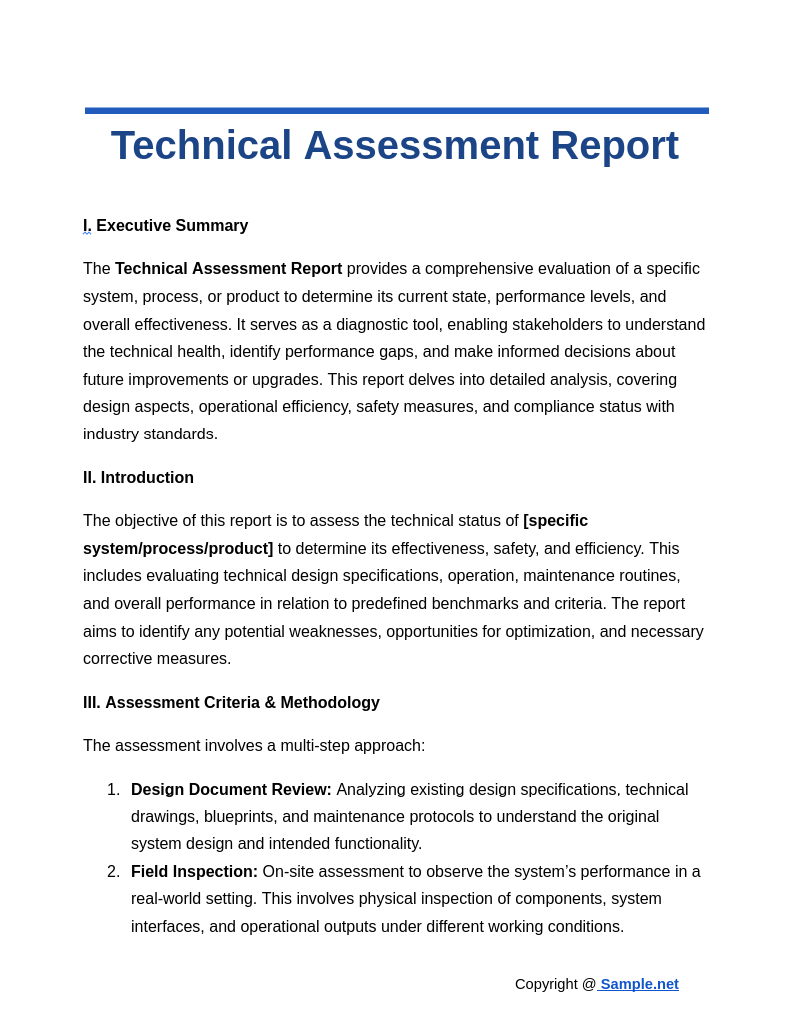
Technical Assessment Report
download now -
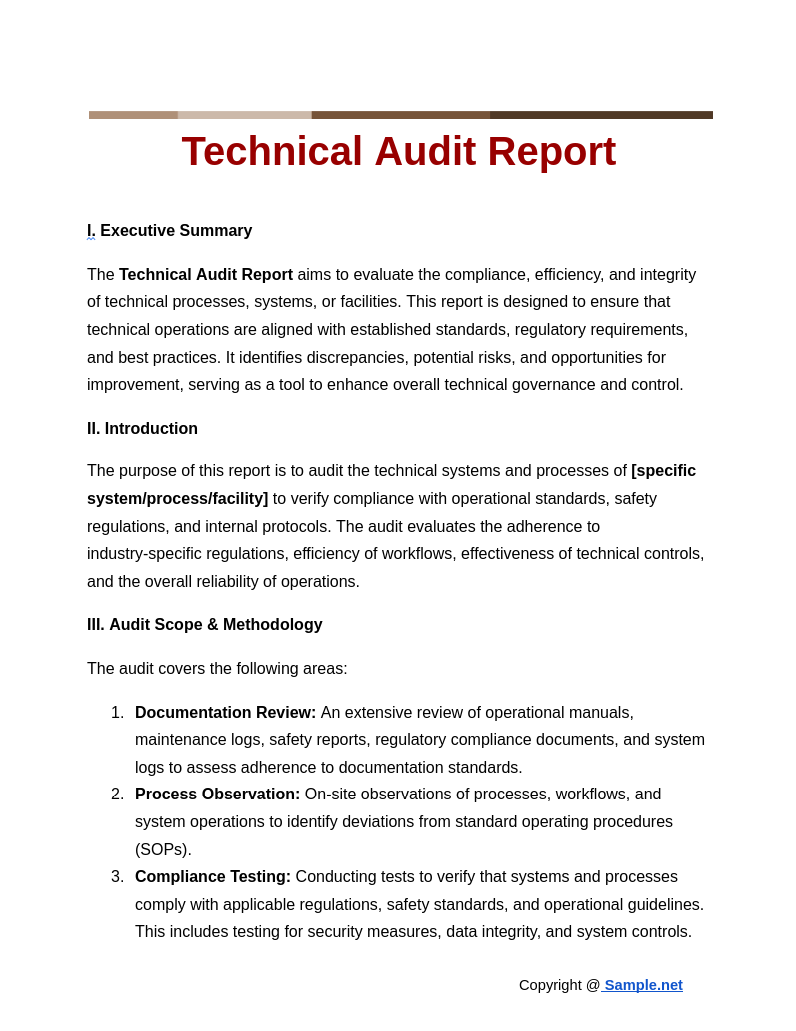
Technical Audit Report
download now -
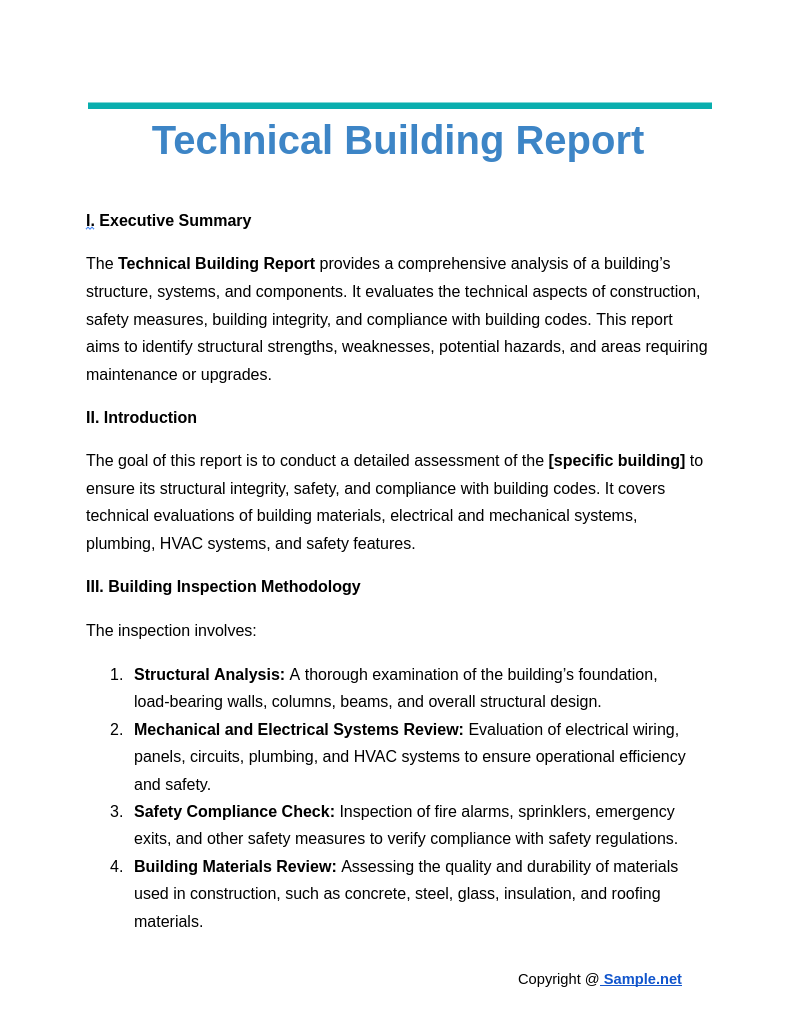
Technical Building Report
download now -
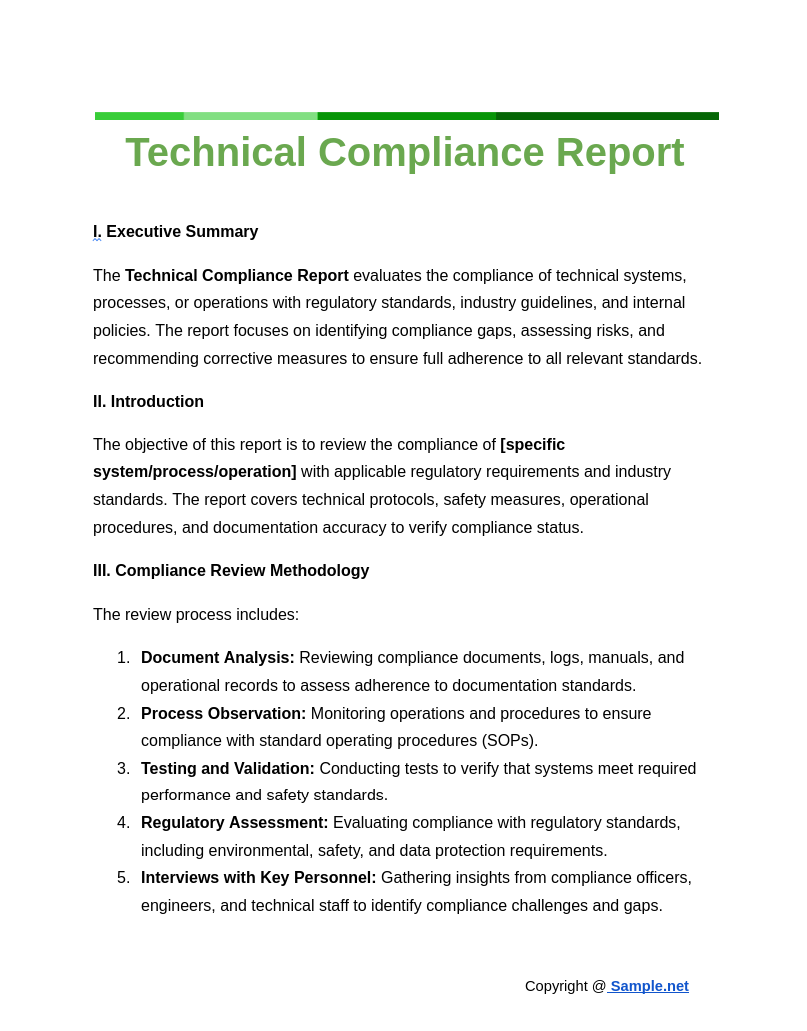
Technical Compliance Report
download now -
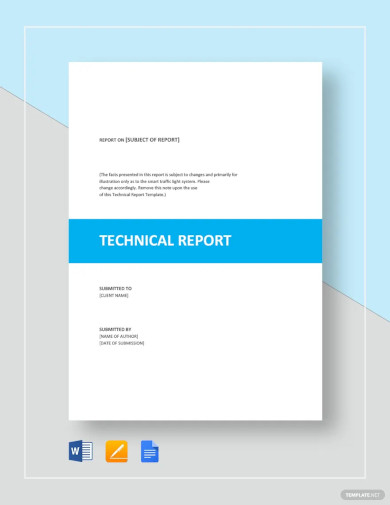
Technical Report Template
download now -
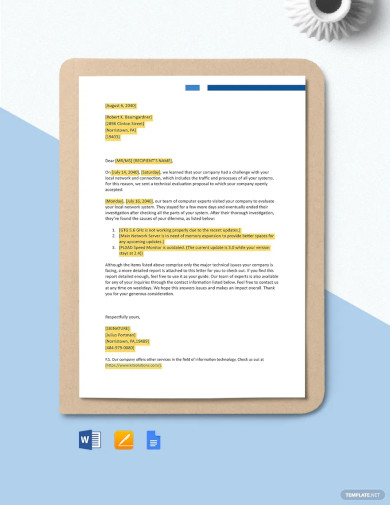
Free Letter of Transmittal for Technical Report Template
download now -

Technical Evaluation Report Letter Template
download now -
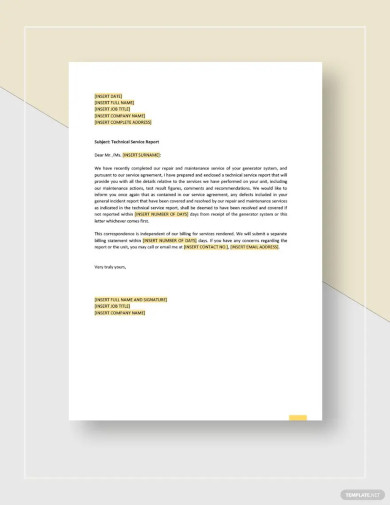
Technical Service Report Template
download now -
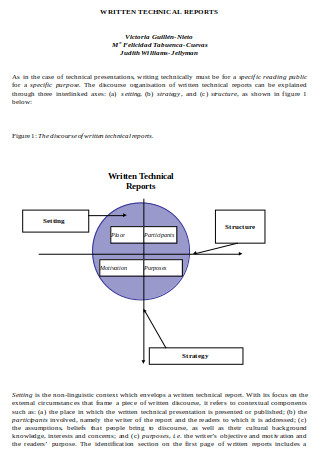
Engineering Written Technical Report
download now -

Computer Science Technical Report
download now -
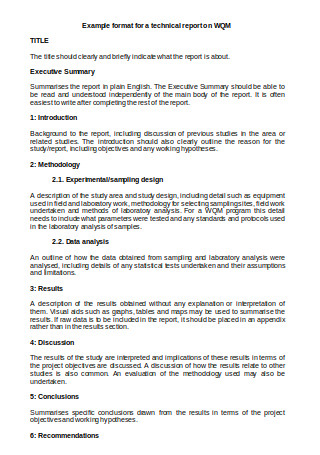
Format for Technical Report
download now -

Lab Technical Report Guideline
download now -
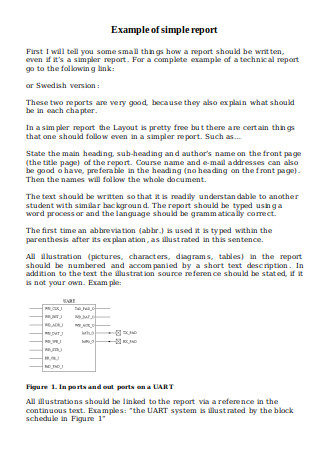
Mechanical Engineering Technical Report
download now -
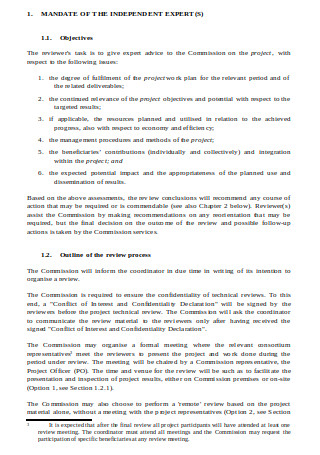
Technical Electrical Review Report
download now -

Technical Short Progress Report
download now -
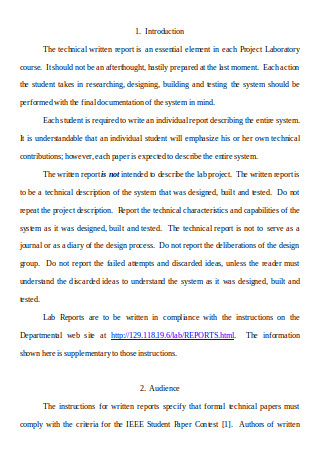
Business Technical Report
download now -
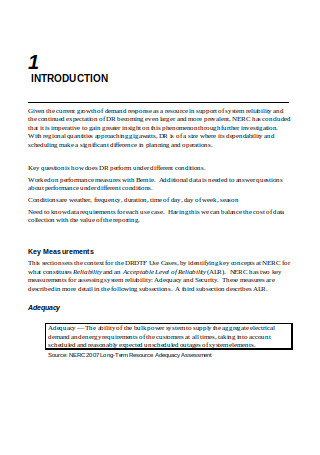
Research Institute Technical Report
download now -
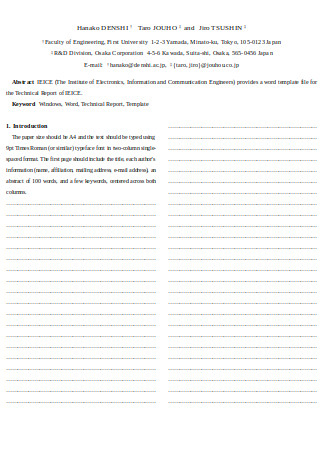
Civil Engineering Technical Report
download now -
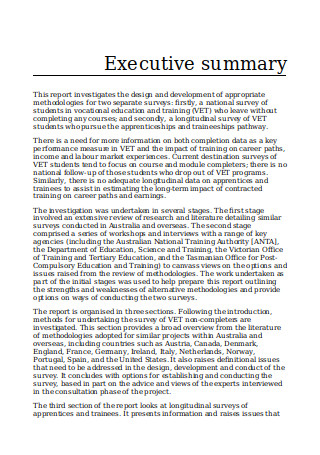
Word Technical Report
download now -
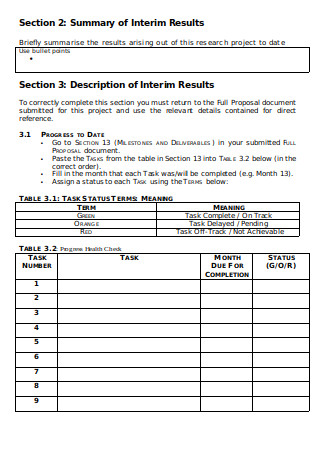
Interim Technical Report Letter
download now -
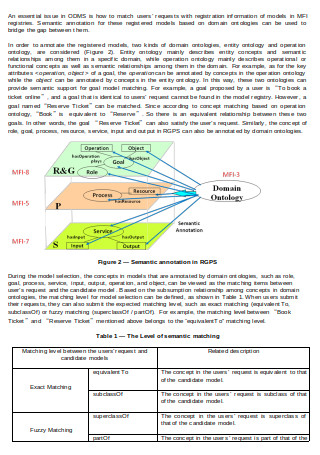
Front Page Technical Report
download now -
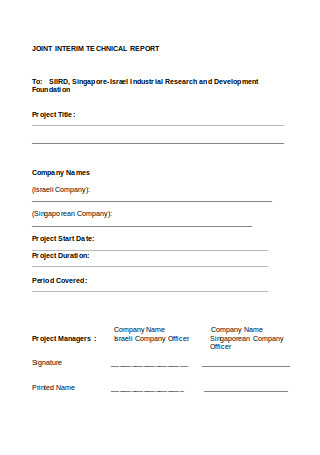
Government Technical Report
download now -

Visuals in Technical Report
download now -
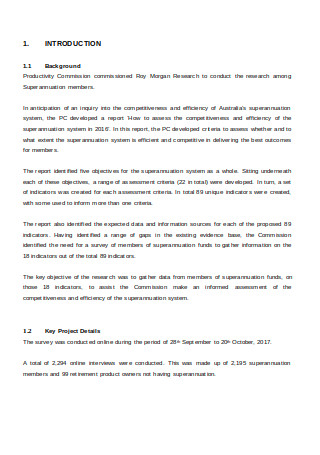
Technical Report Proposal
download now -
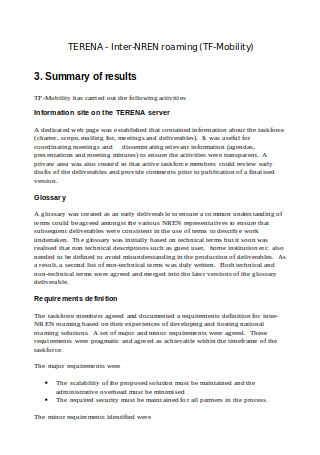
Vehicle Technical Report
download now -
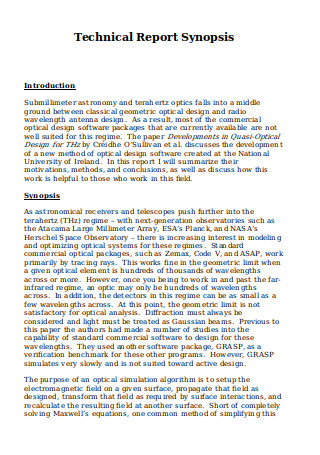
Technical Report Paper
download now -
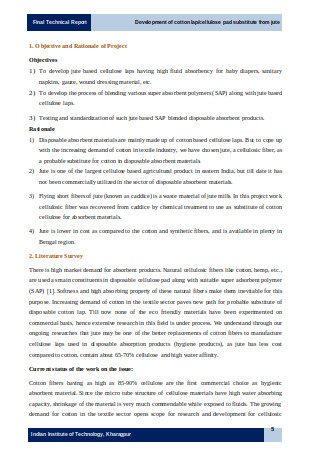
Final Table Technical Report
download now -
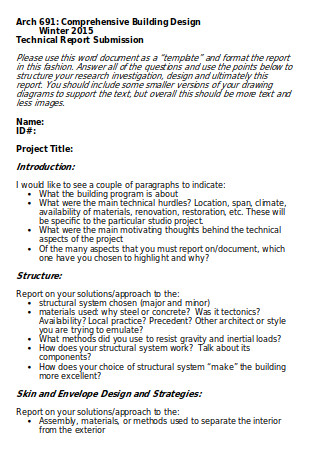
Comprehensive Brief Technical Report
download now -
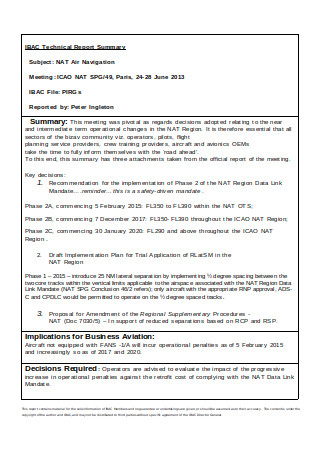
Technical Report Summary
download now -
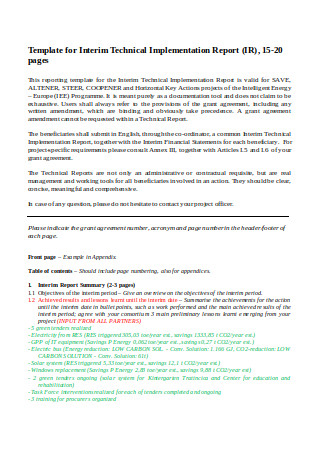
Interim Technical Implementation Cover Report
download now -
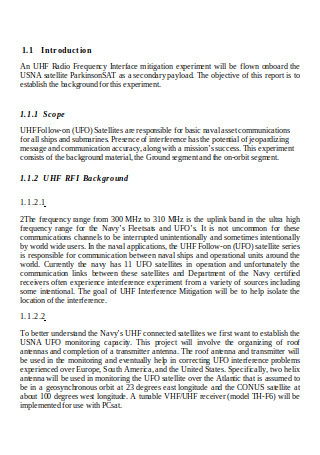
Formal Title Technical Report
download now -

Physical Activity Technical Report
download now -
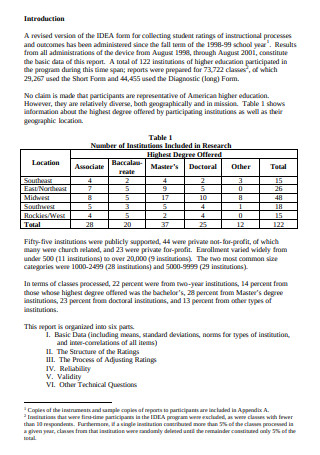
Justification Technical Report
download now -

Survey Technical Report
download now -
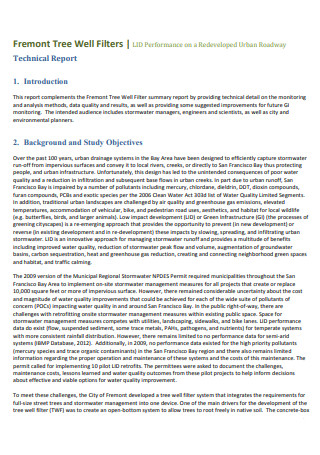
Infrastructure Technical Report
download now -
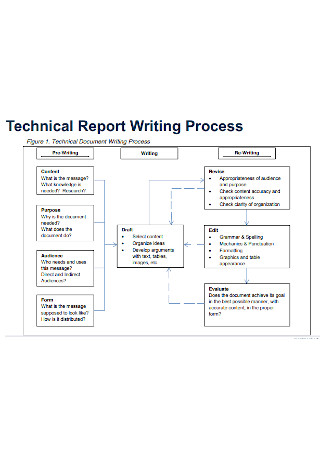
Technical Report Basics
download now -
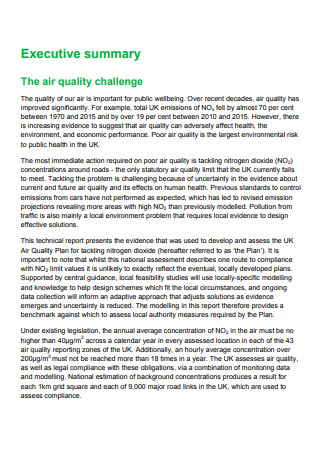
Basic Technical Report
download now -
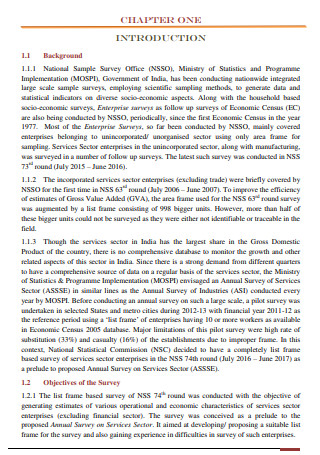
Technical Report on Service Sector
download now -
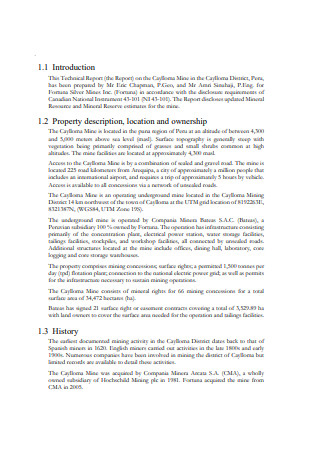
Mine Technical Report
download now -
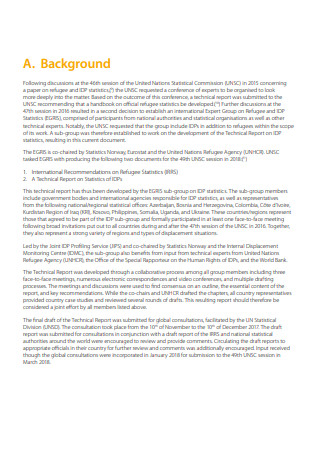
Technical Report on Statistics
download now -
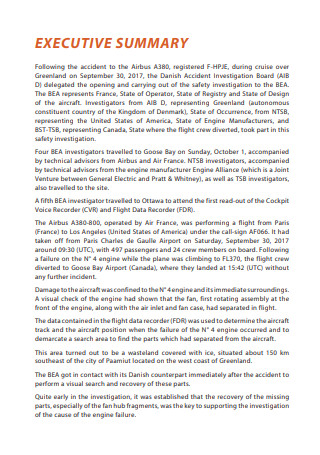
Air Transport Technical Report
download now -
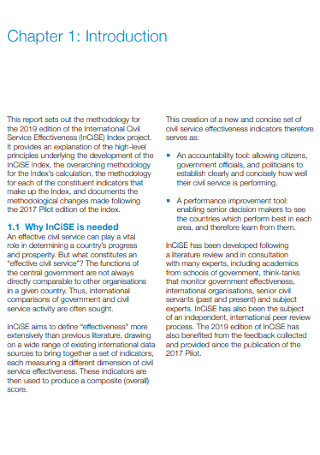
InCiSE Technical Report
download now -
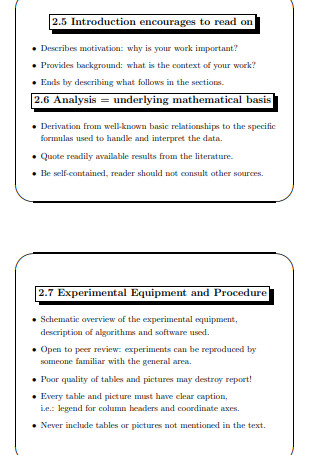
The Formal Technical Report
download now -
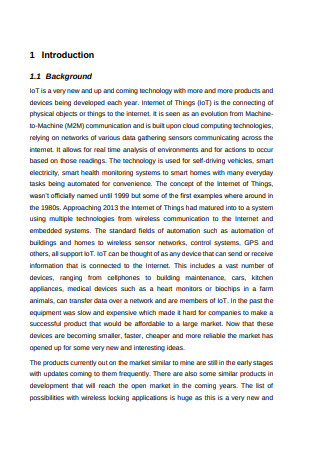
Technical Report in PDF
download now -
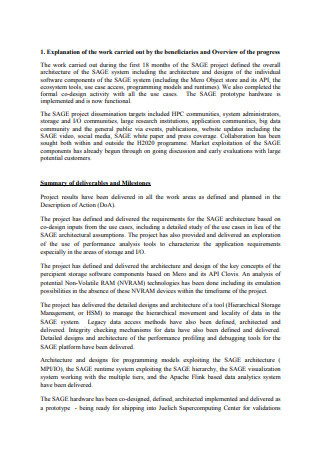
Periodic Technical Report
download now -
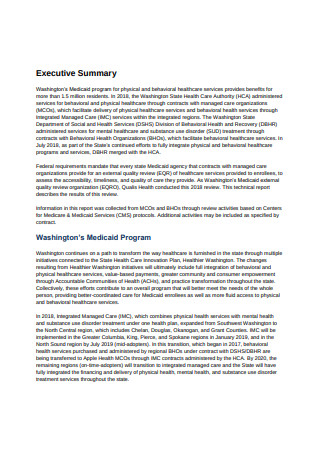
Annual Technical Report
download now -
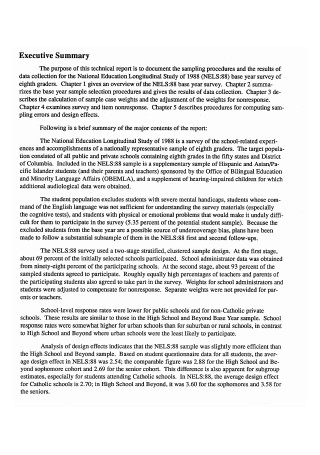
Base Year Sample Design Report
download now -
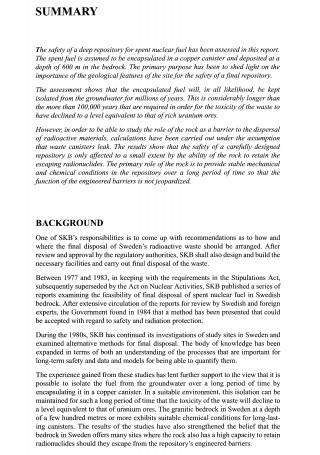
Nuclear Technical Report
download now -
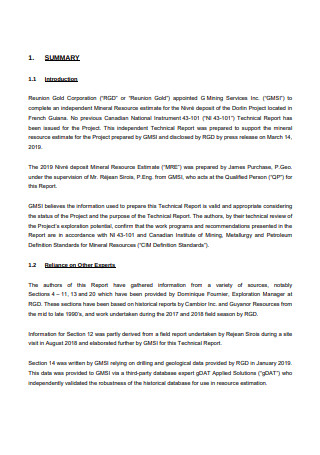
Technical Report on the Mineral Resource
download now -
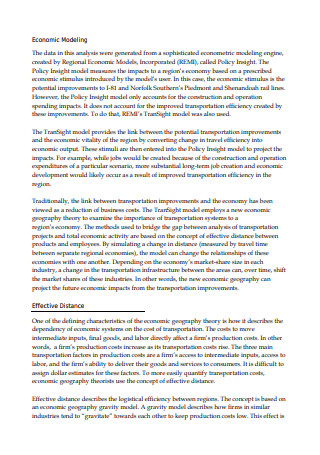
Economics Technical Report
download now -

Telecommunication Technical Report
download now -
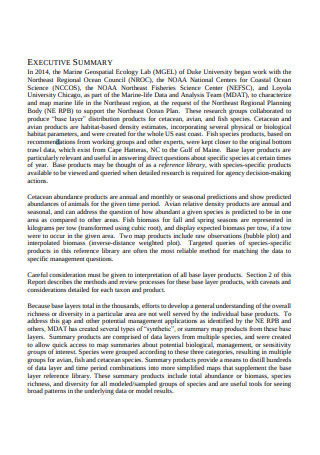
Marine Technical Report
download now -
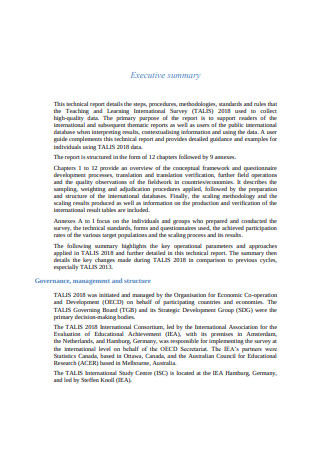
Professional Technical Report
download now -
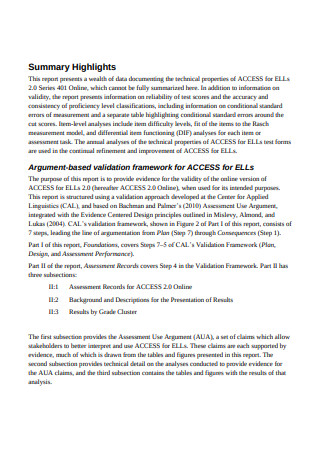
Online Technical Report
download now -

Technical Report E-Book
download now -
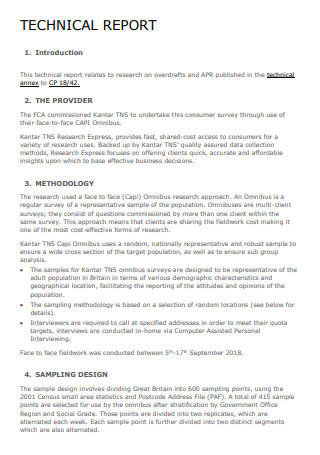
Consumer Research Technical Report
download now -
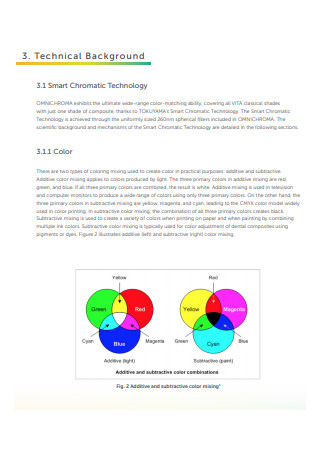
Standard Technical Report
download now -
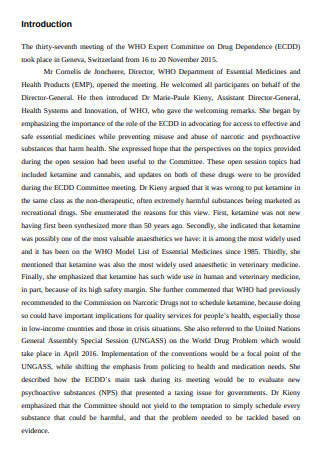
WHO Technical Report Series
download now -

Water Quality Technical Report
download now -
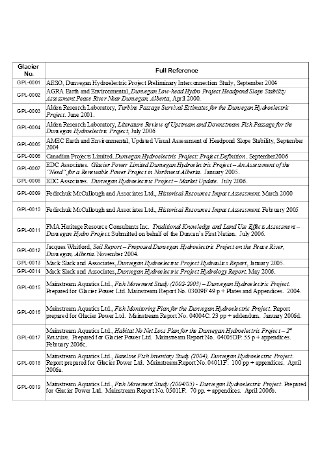
Sample List of Technical Report Template
download now
FREE Technical Report s to Download
Technical Report Format
Technical Report Samples
What Is a Technical Report?
The Parts of a Technical Report
How to Write a Technical Report?
FAQS
Who reads technical reports?
What are the key components of a technical report?
What style should I use when writing a technical report?
What is the difference between a technical report and a research paper?
Where can I find examples of technical reports?
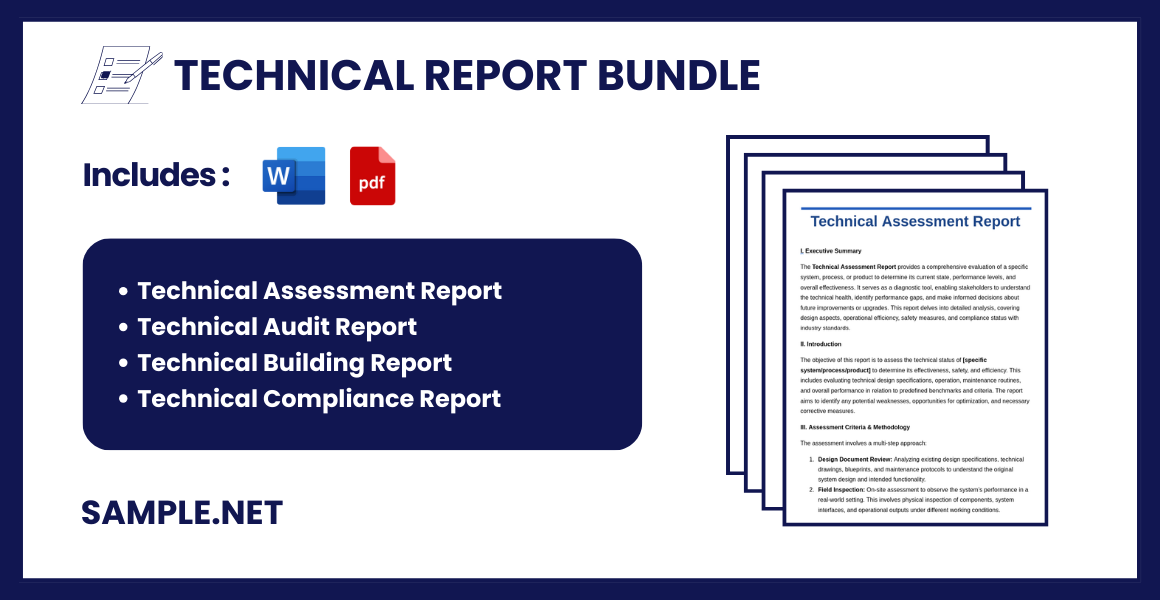
Download Technical Report Bundle
Technical Report Format
1. Title Page
- Title of the report
- Subtitle (if any)
- Author(s) name(s)
- Affiliation(s)
- Date of submission
- Version (if applicable)
2. Abstract
- A concise summary of the report, covering the objectives, methodology, key findings, and conclusions.
- Typically 200-300 words.
3. Table of Contents
- List of sections and sub-sections with page numbers.
- Include a list of figures, tables, and abbreviations, if applicable.
4. Introduction
- Background: Context or background of the problem.
- Objectives: Purpose and scope of the report.
- Problem Statement: Define the problem or need.
- Significance: Why the report is important.
- Structure Overview: Brief overview of the report’s sections.
5. Literature Review (if applicable)
- Overview of relevant research, theories, or studies.
- Comparison and critique of existing work.
- Gaps identified in current knowledge.
6. Methodology
- Detailed explanation of the methods used.
- Include data collection, tools, technologies, and processes.
- Justification for the methods chosen.
7. Analysis & Results
- Data Presentation: Present the data collected (charts, tables, graphs).
- Analysis: Analyze the data and explain the findings.
- Observations: Key observations derived from the results.
8. Discussion
- Interpretation: Interpret the results and relate them to the objectives.
- Implications: Discuss implications and how they align with existing literature or studies.
- Limitations: Highlight any limitations encountered.
9. Conclusions
- Summary of the key findings.
- Revisit the initial objectives and how they were achieved.
- Concise and clear conclusions.
10. Recommendations
- Based on the findings, provide actionable recommendations.
- Include short-term and long-term recommendations, if applicable.
11. References/Bibliography
- List all the sources cited in the report using a consistent citation style (APA, MLA, IEEE, etc.).
12. Appendices (if needed)
- Supplementary material like raw data, additional charts, code, etc.
- Each appendix should be labeled (e.g., Appendix A, Appendix B).
What Is a Technical Report?
A technical report is a formal document that details the results of a case study through in-depth experimental information, data, and results. These are often written to address a specific research need without having to undergo the stress that comes with long production schedules of academic journals. The report may cover subjects in the fields of physical sciences, engineering, agriculture, and education, among others. Many commercial companies, educational institutions, nonprofit organizations, and government agencies sponsor these researches for the benefit of their respective areas of study. Authors may choose to issue the technical areport in a print or digital format, depending on their objectives and means of distribution.
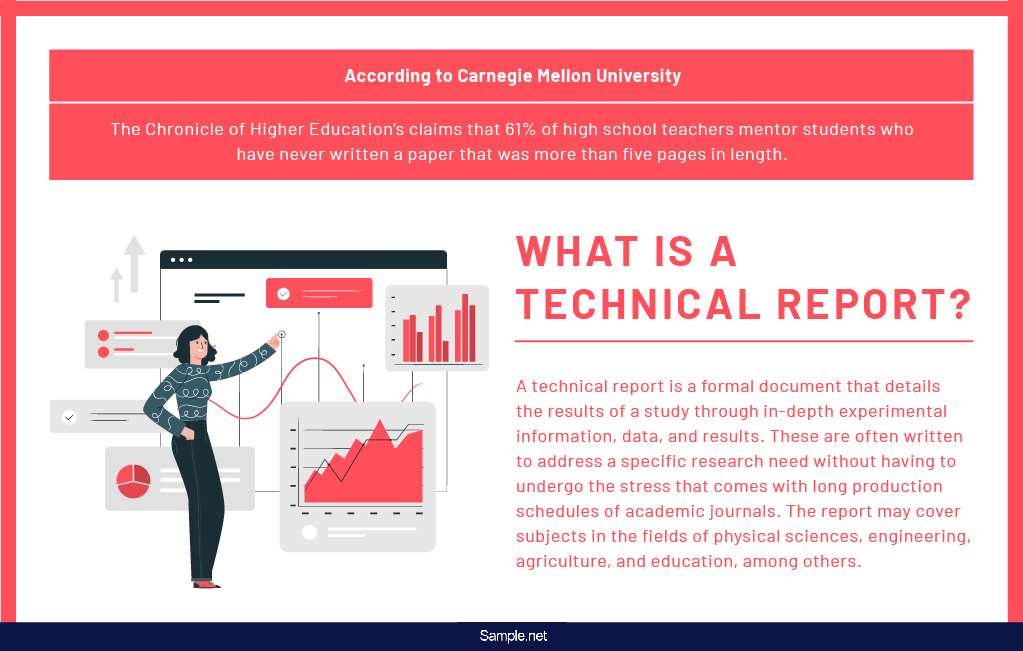
The Parts of a Technical Report
Have you ever written a technical report before? Or something close to it? Carnegie Mellon University emphasizes the Chronicle of Higher Education’s claims that 61% of high school teachers mentor students who have never written a paper that was more than five pages in length. Unlike academic reports made in school, technical reports tackle complex subject matters that require extensive research and careful analysis to complete. Each page of the report contains vital information about the topic that readers may find useful for their own study.
A technical report generally comprises of the following parts:
How to Write a Technical Report?
About three-quarters of both 8th and 12th graders lack proficiency in writing, according to The New York Times. This is an alarming fact that we must take seriously, as it isn’t long until these individuals begin writing critical documents for business or scientific researches in their chosen fields. Technical documents play a key role in business communication, so knowing how to write a report for any professional purpose is not something you should neglect practicing.
Step 1: Establish the Message You Want to Convey
After conducting your research and collecting your data, it’s time to begin writing your technical report. Always start your report by strategic planning out the message you want to deliver. It doesn’t matter if you’re making a report for an academic or business purpose, as long as the plan is enough to keep you on the right track. Defining the problem or topic you want to address will also help you stay focused on the main message. Make sure you know who you are writing to and how the information you are about to deliver may be helpful to your audience in any way.
Step 2: Prepare an Outline
Technical reports are typically structured in a way that states facts and figures in an organized manner. It often comes with clearly labeled sections and numbered parts for easy reference sheet. Thus, it only makes sense to draw up a report outline that will guide you through the major elements of the document. The outline of your report will help you determine which sections are valuable from those that you could do without. Once you have a general idea of what to write, the rest of the information to include in the report would flow naturally.
Step 3: Write the Main Body of the Report
The main body of the report, otherwise recognized as the “substance” of the entire document, lays out the problem of the matter being addressed, the steps to resolve it, and the results obtained from the entire procedure. Remember to clearly establish the primary smart goal of your report and its relevance in today’s age. Also, make it a point to describe what your data and findings all mean to your study. Your audience may have some knowledge about the topic, but that doesn’t mean they can comprehend your message the way you intend them to. It’s important to put your findings into a context that translates well with your defined readers.
Step 4: Add the Abstract
Although you can find the abstract on the first few pages of the technical report, this is typically written only after the rest of the document. It’s a mistake that some writers fail to acknowledge as they begin writing their reports. This part of the document must contain a more condensed overview of the report, which only covers the essentials for readers to take into account. This can often influence a person’s decision to continue reading the contents of the report for some useful information on the topic. Unless you’re left with a word limit to comply with, 300 words are enough to get your point across.
Step 5: Check for Specific Guidelines
While technical reports are standardized to a certain degree, the layout of the report may sometimes vary according to individual preferences and requirements. In some cases, these sample reports come with special instructions that authors must conform to in order to meet an absolute need. Be sure to check with your advisor, manager, client, or colleague to identify the specifics of its layout as a final review before printing.
A technical report is a crucial document for communicating complex technical details effectively. It is essential for conveying research findings, supporting decisions, and documenting technical processes. Understanding its structure and purpose helps in creating impactful reports that are informative, accurate, and useful for technical and non-technical stakeholders. You can also see more on Short Technical Report.
FAQS
Who reads technical reports?
Technical reports are primarily written for experts in a specific field, but they may also be useful for stakeholders, project managers, and anyone interested in the technical details of a project.
What are the key components of a technical report?
The key components include a title page, abstract, table of contents, introduction, methods, results and discussion, conclusions, recommendations, references, and appendices.
What style should I use when writing a technical report?
Use clear, concise, and objective language. The writing should be formal and professional, avoiding colloquialisms and personal opinions unless specifically relevant to the discussion.
What is the difference between a technical report and a research paper?
A technical report focuses on the practical applications of research and often includes more detailed information on the methodology and technical specifics. A research paper is typically more theoretical, aimed at contributing to the general knowledge of a specific academic field.
Where can I find examples of technical reports?
Many universities, government agencies, and technical organizations publish examples of technical reports. They can often be found in online databases or through specific professional or academic websites.
